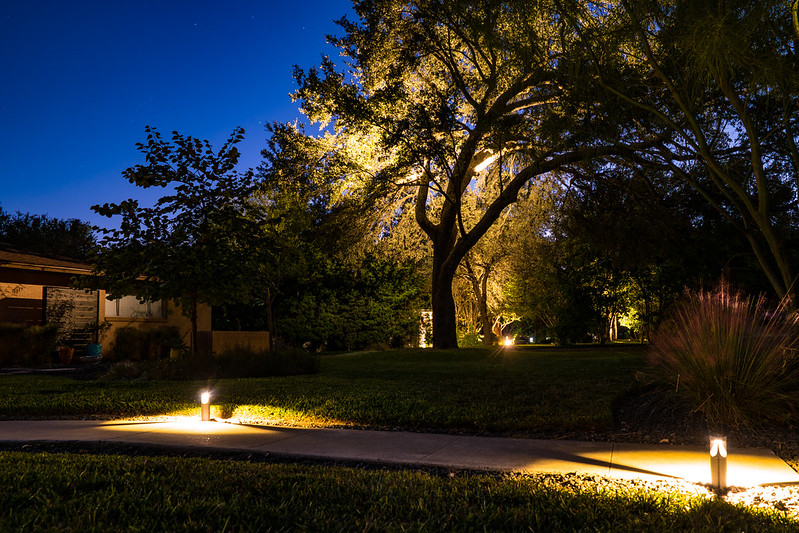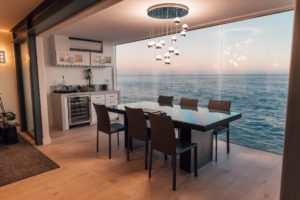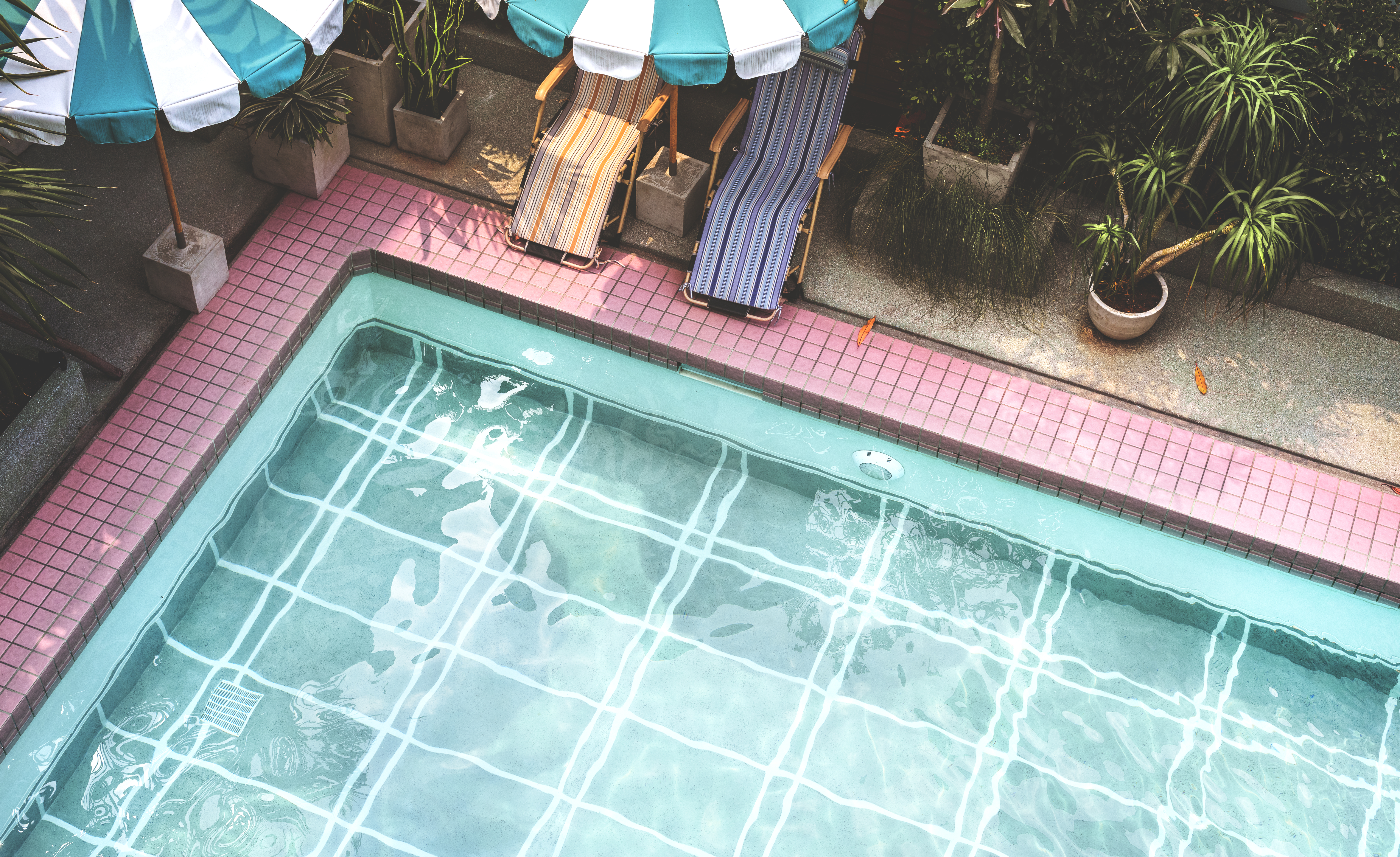Back then, having outdoor lights for functionality and decoration was limited to commercial establishments. But now, landscape lighting is becoming a trend for homeowners to enhance the overall look of their outdoor space.
However, because landscape lighting requires installation and wiring, not everyone is considering having them. The good news is that this belief is no longer valid. Manufacturers have started producing landscape lighting kits that you can install by yourself without the need to hire an electrician.
According to this guide, there are even low voltage landscape lights that you can just plug and play. That’s right; there are outdoor lights that don’t require hard wiring to install. And because they work at a low voltage, you also don’t need to worry about electrocution risks.
So what are the other things that you should know when doing landscape lighting?
What are the Common Types of Landscape Lights?
Of course, the first thing that you should familiarize yourself with is the different types of lights that you can use outdoors. They range from spotlights, floodlights, step lights, pathlights, and even string lights. From their names, you can have an idea of what you can use them for. Remember that you are using landscape lighting both for functionality and aesthetic reasons. Therefore, it’s crucial that what you’re getting is fitting for your intended purpose.
Spotlights and floodlights are typically used for enhancing the look or highlighting certain areas and decor in the yard or garden. Spotlights usually have movable heads so you can control their beam direction for this reason. On the other hand, floodlights are simply spotlights that are able to have a more extensive beam coverage. They can also work for security if you use them with motion sensors or just simply have them illuminate the dark areas outside.
Step lights, pathlights, and string lights can also help in improving the overall look of your outdoors, but they are used mainly for functionality. If you have stairs, you can add step lights in them so that they are safer when it’s dark. String lights can help illuminate the guides and even wires because of their shape and length. While pathlights, on the one hand, are particularly useful for patios, walkways, and driveways to guide you through them at night time.
When choosing landscape lights, keep in mind their functionality and how they will work in your outdoors. At the same time, don’t be afraid to invest in LED bulbs over other types like halogens and incandescents. LED bulbs have better heat dissipation and are less likely to get damaged over time. This will save you in replacement costs, and can even help you save more in electricity since they don’t require high wattage to achieve good brightness.
Have a Layout in Mind
Now that you are familiar with the uses of the different landscape lighting systems, the next step is to plan how they’ll look in your space. Like with any project, it’s important to plan what you do so that you can prepare what you’ll need. In this case, you need to design the layout, even if it’s just a rough sketch of your lights, and other decors in your space.
You don’t need to have a degree in architecture to be familiar with the spaces and positions of each item. Just be mindful of the allowances between each of them. For example, you don’t want your lighting fixtures to be very close or very far from each other. At the same time, make sure that it’ll be easy to hide their connectors and that their transformer or adapter is close to the main power supply. Inspect your area if there are existing outlets for lights and you can use them as a guide on how to design your lighting layout.
At the same time, be mindful of how close you want your beam to be to an object that you want to highlight. It’s better to have the light far from that object at about 2 to 4 feet away so that the light doesn’t become a distracting glare. You may also want certain lights to be a bit hidden to achieve gentle shadows and a moody effect. And of course, do not go overboard with your lighting, or else you’ll fail with the intention of highlighting specific areas and objects.
You might be tempted to use a lot of fixtures, especially on your decks and patios because it seems appealing. However, it’s better to have at least 10ft of space between them and have the fixtures elevated from the deck floor at about 30 inches. This way, you have just enough lighting to keep people from tripping on the elevation. And for your walkways and such, stagger your fixtures a bit, so they don’t look perfectly parallel like an airport runway.
Set-Up Your Lights
Once you have your layout, you are ready to set-up your lights. It is as simple as putting your fixtures on the areas that you have designed them to be in. Just remember that there must be an excess length in their cable for you to have an easier time joining them later. And then you can go to where you need to place your transformer so that you can lay out the main line. This way, you can see if the line will be able to run past each fixture.
However, take note that different fixtures can also differ in the way they have to be installed. Some are better parallel from each other, while others it wouldn’t matter because they have their own plug. However, the main idea here is splicing the lights using waterproof connectors so that you can connect them to your low voltage cable. And lastly, attach that cable to your transformer.
Why is there a need for a transformer? Low voltage landscape lighting systems use a transformer so that you can convert the high volts coming from your line into a lower voltage that the lights need. This means that even though you have 120 volts in your main line, you can still operate 12-volt lighting systems.
Another step that can make setting up way easier is by using landscape lighting kits. Prized Reviews recommends LED kits because they are energy-efficient and safer to use and install. And because you’re buying a kit, the lights already come with the transformer, low voltage cable, and even the connectors. This will save you the hassle of trying to find the compatible wires and connectors, and you might even stumble upon sets that just clip in with each other.




